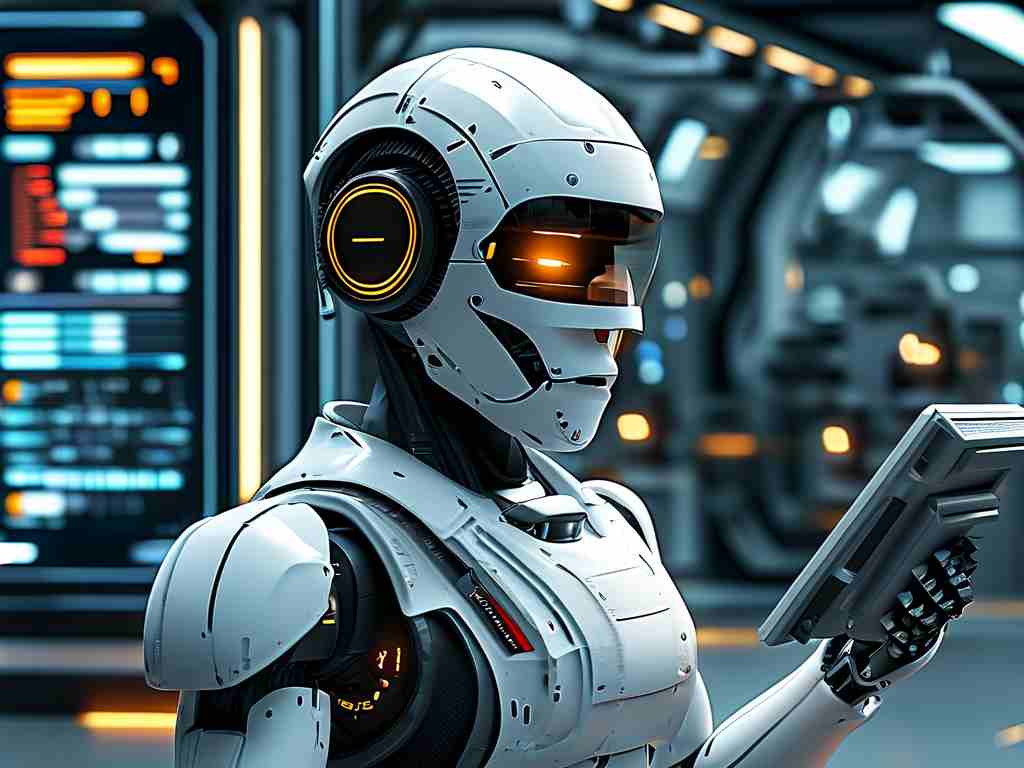The rapid evolution of intelligent robotics has transformed industries ranging from manufacturing to healthcare. As these systems become more sophisticated, developing standardized methods to assess their capabilities has emerged as a critical challenge. This article explores the core metrics used to evaluate intelligent robots, analyzes current industry practices, and discusses emerging trends shaping this field.

Performance Metrics in Robotics
Modern evaluation frameworks for intelligent robots focus on three primary dimensions: operational efficiency, decision-making accuracy, and adaptive learning capacity. Operational efficiency measures a robot's ability to complete tasks within defined parameters, including speed, energy consumption, and error rates. For instance, industrial assembly robots are typically scored based on their parts-per-hour output while maintaining precision below 0.01mm tolerances.
Decision-making accuracy evaluates how robots process environmental data and execute actions. Autonomous delivery robots, for example, are tested through complex urban navigation scenarios where their collision avoidance algorithms and route optimization capabilities are rigorously scored. Recent studies by the International Robotics Federation (2023) revealed that top-performing models achieve 98.7% success rates in dynamic obstacle avoidance under controlled testing conditions.
The Learning Factor
Adaptive learning capacity has become the most debated scoring criterion as machine learning integration deepens. Unlike traditional programmed robots, modern systems like Tesla's Optimus demonstrate self-improvement through neural network training. Evaluation now includes metrics like "knowledge retention rate" and "cross-domain adaptation speed." Researchers at MIT have proposed a novel scoring model that weights a robot's ability to transfer skills between unrelated tasks at 40% of the total evaluation score.
A case study involving surgical robots illustrates this shift. The da Vinci Surgical System's latest iteration scored 92/100 in traditional precision tests but achieved only 68/100 in adaptive learning assessments due to limitations in handling unforeseen anatomical variations. This gap highlights the growing importance of evaluating cognitive flexibility alongside mechanical performance.
Industry-Specific Evaluation Standards
Different sectors have developed customized scoring frameworks:
- Manufacturing: ISO/TS 15066 scores collaborative robots (cobots) on force-limited safety controls and human interaction responsiveness
- Healthcare: FDA's AI/ML-Driven Device Framework emphasizes diagnostic accuracy and failure mode analysis
- Service Industry: EN 1525 standards evaluate warehouse robots' load capacity and swarm coordination efficiency
The lack of universal standards creates challenges for cross-industry comparisons. A 2024 IEEE working paper proposed a unified scoring matrix that combines domain-specific parameters with core intelligence metrics, though adoption remains limited.
Emerging Technologies Reshaping Evaluation
New testing methodologies are emerging to address advanced capabilities:
- Quantum scoring systems that simulate multi-dimensional decision trees
- Holographic environment modeling for hyper-realistic testing scenarios
- Blockchain-based verification for audit-proof performance records
Boston Dynamics' latest Spot 4.0 robot underwent evaluation in a quantum-simulated construction site, achieving unprecedented scores in multi-agent collaboration. This test environment generated over 5,000 unique crisis scenarios in 72 hours – equivalent to 15 years of real-world operation.
Ethical Considerations in Robotic Scoring
As scoring systems influence development priorities, ethical concerns have surfaced. The European Robotics Board recently mandated that all evaluation frameworks include:
- Bias detection in decision algorithms
- Environmental impact assessments
- Long-term societal effect projections
A controversial case involved security robots scoring highly on threat neutralization metrics but failing ethical evaluations due to racial recognition biases in their facial analysis systems. This incident spurred development of mandatory "ethical coefficients" in scoring models.
Future Directions
The next generation of evaluation systems will likely incorporate:
- Neuro-inspired testing mimicking human cognitive development stages
- Real-time evolutionary scoring that adapts as robots learn
- Cross-species collaboration metrics for human-robot-animal ecosystems
Dr. Emily Sato, lead researcher at Toyota's Robotics Institute, predicts: "By 2030, robot evaluations will need to account for emotional intelligence quotients and creative problem-solving capacities we currently associate only with humans."
As intelligent robotics continues to advance, the development of robust, multi-dimensional scoring systems remains crucial. These frameworks not only guide technological progress but also ensure responsible development aligned with human values. The ongoing challenge lies in creating evaluation models that keep pace with innovation while maintaining transparency and accountability.

